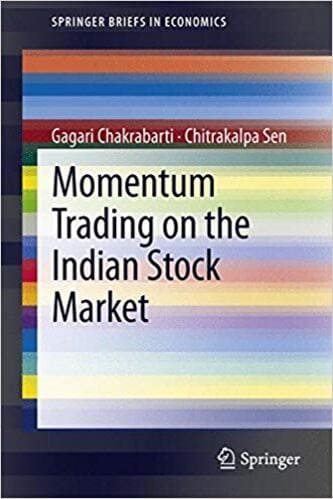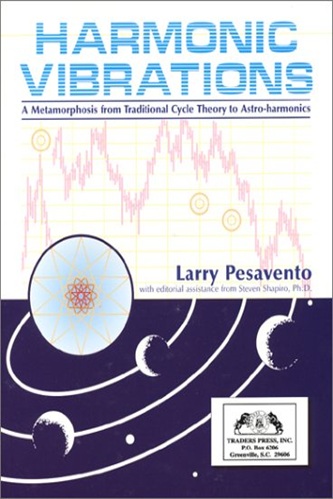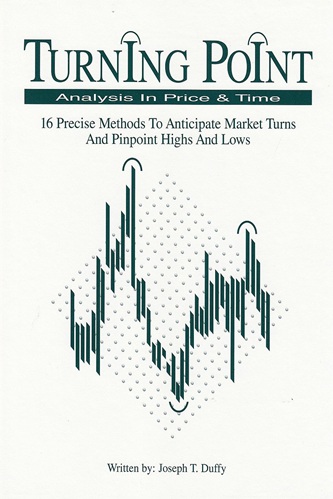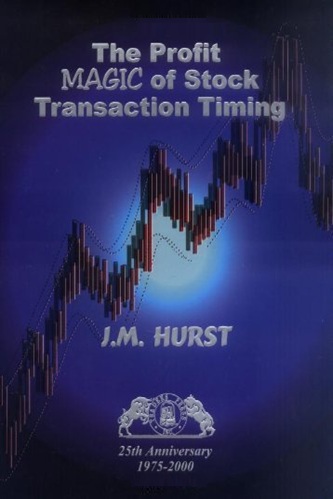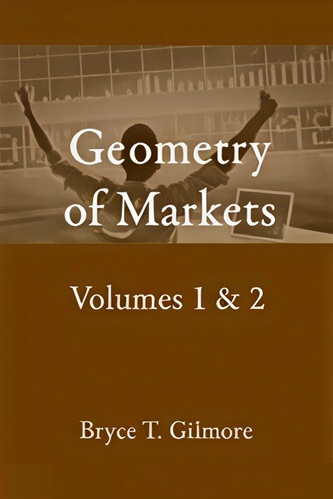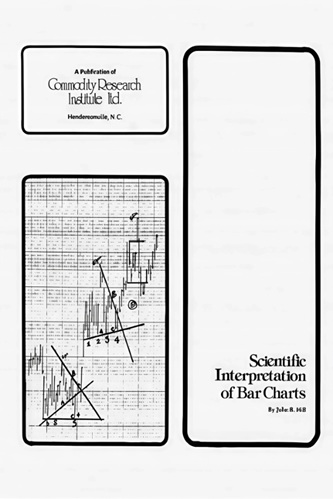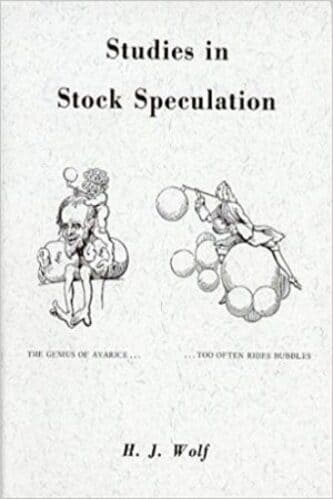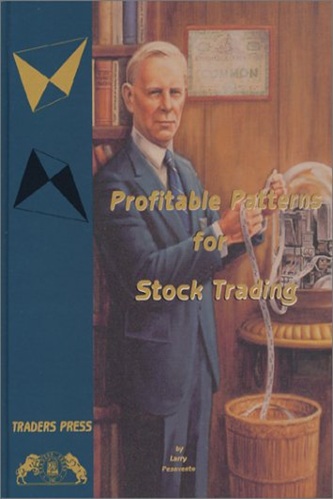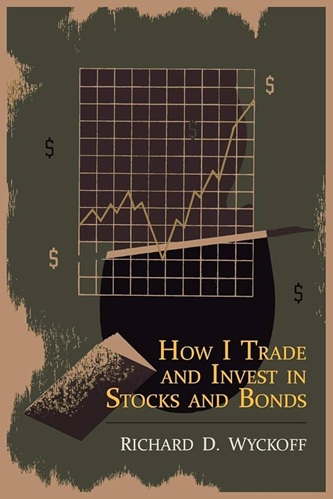Momentum Trading on the Indian Stock Market
$21.68
| Author(s) | , |
|---|---|
| Pages |
121 |
| Format |
|
| Publication Year |
2013 |
Momentum Trading on the Indian Stock Market is an exploration of the Indian stock market, focusing on the possible presence of momentum trading. One thing, however, should be noted. While it is true that momentum trading, which tends to generate speculative bubbles, may result in a financial market crash, its nature in contrast might depend on the nature of the economy itself.
Introductions:
Resolving issues like ‘‘how and why markets work? … and work well?’’ are often concerns of the so-called mainstream economists. The query dates back to Adam Smith who conjectured a self-regulating economic system that heads towards a stable equilibrium, as individual economic agents pursue their divergent, often conflicting self-interest.
No vulnerabilities on the part of the market were feared, the markets were supposed to be ‘‘fundamentally stable’’. The illusion continued to impinge on ideas of other noted economists of the day such as Ricardo, Say, NMarshal, and Walrus. Out of this evolved a related chimera: in a fundamentally stable market, asset prices truly reflect fundamentals and are fairly priced.
The optimistic belief was too strong to be uprooted even by the great depression of the 1930s. The post-war economic theory saw a resurgence of the idea of rationality and efficiency of the market: ‘‘they breathed new life into the old fallacy’’. One of the most celebrated post-war economics theories is the efficient market hypothesis (Fama 1970). The theory propagated the ‘fact’ that it may be possible to beat some of the markets all the time and all the markets some of the times but it would be impossible to beat all the markets all the time.
The efficient market hypothesis tells that it would be impossible to make consistent profit from any asset market. The market is able to process new information instantaneously and this is reflected properly in the asset price.
In a stock market, where numerous profit motivated investors are playing with similar objectives, where each of them prefers a stock with high return than a stock with low return and a stock with low risk to a stock with high risk, with no insider knowledge available to anyone (at least legally), each investor can expect to earn only a fair return for the risks undertaken (Hagin 1979).
According to Cootner (1964), ‘‘If any substantial group of buyers thought prices were too low, their buying would force up the prices. The reverse would be true for sellers. Except for appreciation due to earnings retention, the conditional expectation of tomorrow’s price, given today’s price, is today’s price. In such a world, the only price changes that would occur are those that result from new information. Since there is no reason to expect that information to be non-random in appearance, the period-to-period price changes of a stock should be random movements, statistically independent of one another’’.
The efficient market hypothesis has been challenged time and again on various grounds. One of the most potent of these is on the basis of consistently profitable trading strategies. According to the efficient market hypothesis, the performance of portfolios of stocks should be independent of past returns (Hon and Tonks 2003).
However, empirical studies have shown that stock prices are not actually independent of past returns. They exhibit positive autocorrelation for a very long time which decays slowly. Momentum trading is one of the trading strategies which bank on this autocorrelation and buy and sell accordingly to make consistent profits. Since its discovery by DeBondt and Thaler (1985), the benefits of momentum strategies have been documented in many markets.
Momentum trading, in simple words, means buying stocks which exhibit past overperformance. Momentum trading is built on the rule that stocks which have been performing well, more precisely, better than the market for a predefined historical period, will tend to perform strongly in the coming periods as well.
It has been shown that these momentum stocks outperform the market significantly in future periods as well. As Vanstone (2010) puts aptly, with momentum trading strategies, the investors hitch a ride on the stronger stocks. The efficient market hypothesis, is however unable to explain this phenomenon. Fama himself referred this as ‘‘the premier unexplained anomaly’’. The proponents of efficient market theory continue to call momentum trading a result of irrational investor behavior or ‘‘psychological biases’’ (Abreu and Brunnermeier 2003). The study of momentum in a particular asset market is of utmost importance, as in extreme cases, it may cause herding, bubble, and subsequent crash4 (Vayanos and Wooley 2009).
A possible reason for existence of momentum in the stock market is that the market is at most semi-strong efficient and exhibits a certain degree of long-term memory, i.e., once a shock is propagated into the system, it does not die down instantly as proposed by the efficient market theory, but decays slowly. Thus, the presence of momentum trading and the resultant denial of efficient market hypothesis have implications for financial market theories as well as for government policies. And, the area has emerged as the financial market analysts’ delight.
Momentum Trading on the Indian Stock Market is an exploration of the Indian stock market for the possible presence of momentum trading. One thing, however, is to be noted. While it is true that momentum trading, generating speculative bubble may bring in its train a financial market crash, its nature on the other hand might depend on the nature of the economy itself.
The study, while exploring the presence and nature of momentum trading in the Indian stock market in recent years tries to relate it to the significant structural breaks in the Indian or global economy. To be precise, it tries to relate the instability in the stock market possibly to the speculative trading in the market: whether it is human psychology that drives financial markets. In that process, the choice of a significant structural break has been obvious: the global financial meltdown of 2007–2008—a crisis that has often been referred to as the worst financial crisis ever since the one related to the great depression of 1929.
While analyzing the nature of momentum trading in the Indian stock market around the financial crisis of 2007–2008, the study takes into account two major representatives of the market, Bombay stock index (BSE) and National stock index (NSE), over the period 2005–2012. This study seeks to answer a few important questions. First of all, it tries to unveil the underlying structure of the market. In that process, it examines the following issues:
- What has been the latent structure in the Indian stock market around the crisis of 2007–2008? Does the structure hint scope for designing a profitable trading strategy?
- Is it possible to construct a profitable portfolio in the Indian stock market?
- Is there any profitable trading strategy in the Indian stock market?
While exploring these issues, the study delves deeper and breaks the whole period into two sub-periods, before the crisis of 2008 and after the crisis of 2008. The rationale beneath this segregation is to see whether there has been any discernible change in the market structure before and after the shock.
Contents:
- Trends in Indian Stock Market: Scope for Designing Profitable Trading Rule?
- Possible Investment Strategies in Indian Stock Market
- Investigation into Optimal Trading Rules in Indian Stock Market
Momentum Trading on the Indian Stock Market By Gagari Chakrabarti, Chitrakalpa Sen pdf

